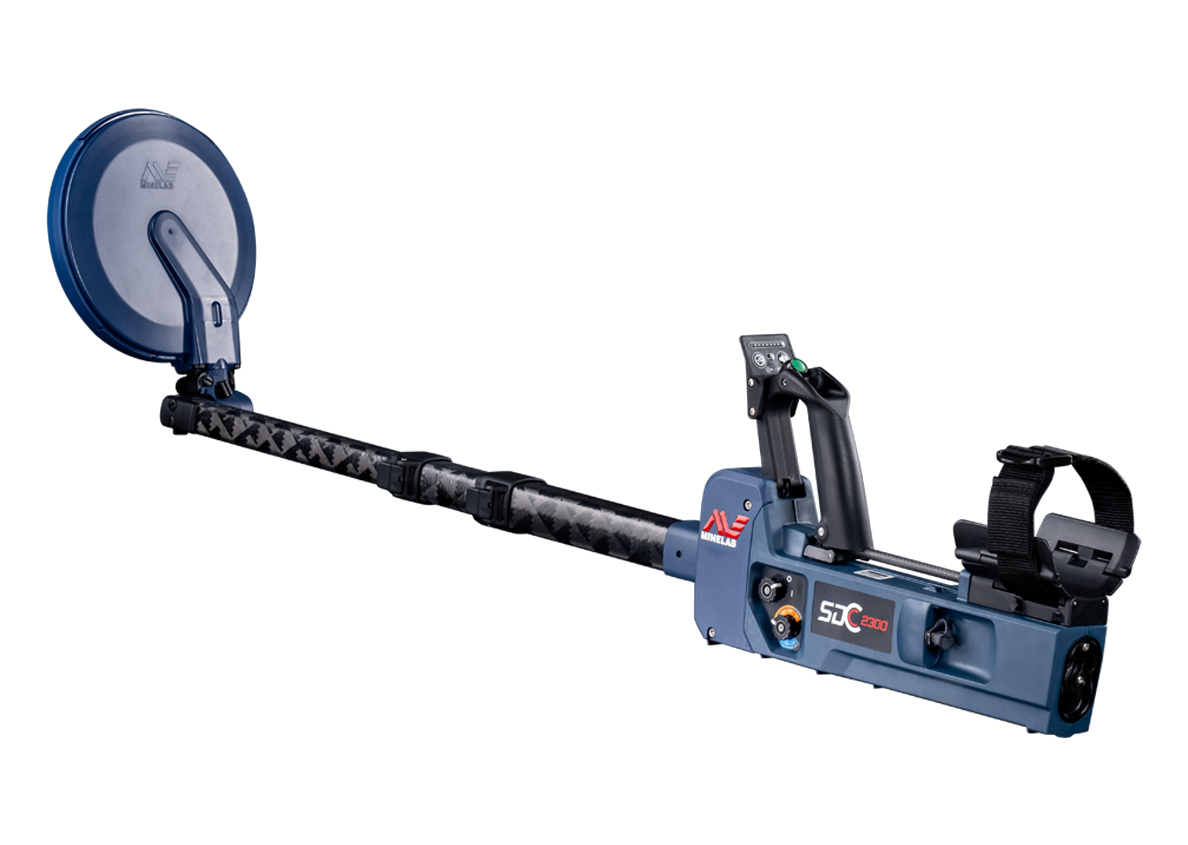Now I certainly don't recommend going into old abandoned mines because I well know - better than most - how dangerous that can be. Normally it’s best to detect old dumps and ore piles on the surface when working around old mines, and even that requires a close eye on safety. However, I recently had a very special opportunity to do some gold detecting in the Original 16 to 1 mine in Alleghany, California. It is a mine that is open, well maintained and worked by miners every day, so the dangers are not the same as in old abandoned mines. The 16 to 1 is perhaps the most famous pocket mine in the USA, having produced millions of ounces of gold from rich pockets of high grade gold with visible quartz. Alleghany is a very famous mining district in California, well known for gigantic nuggets and rich pockets of gold quartz.

The entrance to the Original 16 to 1 mine is an adit (horizontal working coming in off the side of the mountain) which goes 1300 feet into the mountain where it breaks into the existing old mine workings on the 800 level. The deepest level was the 3000 foot level, 3000 feet down the dip of the vein.
I hiked all around the mine on different levels for hours with some of the miners, but only saw a tiny fraction of the 35 MILES of drifts and other workings inside this old mine. The Alleghany area has been worked more or less continuously since 1850. Much of the modern mining is done with metal detectors as the gold in the rich pockets tends to be coarse. A good part of their production is cut into cabochons to be used as jewelry gold in quartz, and they sell this material to jewelers and collectors (see: http://www.origsix.com/)
Because metal detectors are so important to the effort to find gold in the mine, the miners had the very best and most advanced equipment on hand for their work. This includes the new Minelab GPZ 7000 – The GPZ is the best detector on the market for getting the maximum depth of detection as well as its ability to see mossy and dendritic types of gold. While the GPZ’s big 14 inch coil sees mossy gold at amazing depths, the size of the coil is sometimes a limitation when trying to work the irregular walls of the mine. Before my arrival, I knew they were using the GPZ, so I took in my SDC 2300 as a potential alternative and I believe my SDC was the first one in the 16 to 1 mine. I gave a bit of a demonstration and kind of convinced them that the SDC’s small coil had some advantages and it also ignores some hot rock within the mine that sounds off on the GPZ and the VLFs that the miners use.

Walking down one of the drifts along the vein. The white material along the sides of the drift angled at about 40 degrees is the quartz vein that holds the rich pockets.
I took my SDC 2300 up into a few of the stopes where the miners work out the quartz vein and used it to find some gold in an old heading where they had recently taken some gold out of the vein. The SDC showed that there was still gold in the vein remaining to be mined. I found a couple of gold quartz specimens in the broken material on the foot wall of the stope and they actually gave me one - it fell apart after I dug it and so they just gave it to me. Unlike most locations where I prospect and can keep what I find, the gold in the mine belongs to the mining company, so it was quite the little gift for me to keep one of the specimens I found. They were impressed that the SDC could find gold that other detectors had missed, and by the time I left they were making plans to purchase a couple of them. All in all it was quite the experience and adventure, and the 3rd time I have been underground at the 16 to 1.

Up in one of the stopes testing the SDC 2300. The quartz piece in my hand is a gold specimen found with the SDC. The SDC also demonstrated that there is still more gold to be mined in the white quartz vein in the background.





















Comments
To make comments you must be logged in, please note comments will not display immediately due to moderation